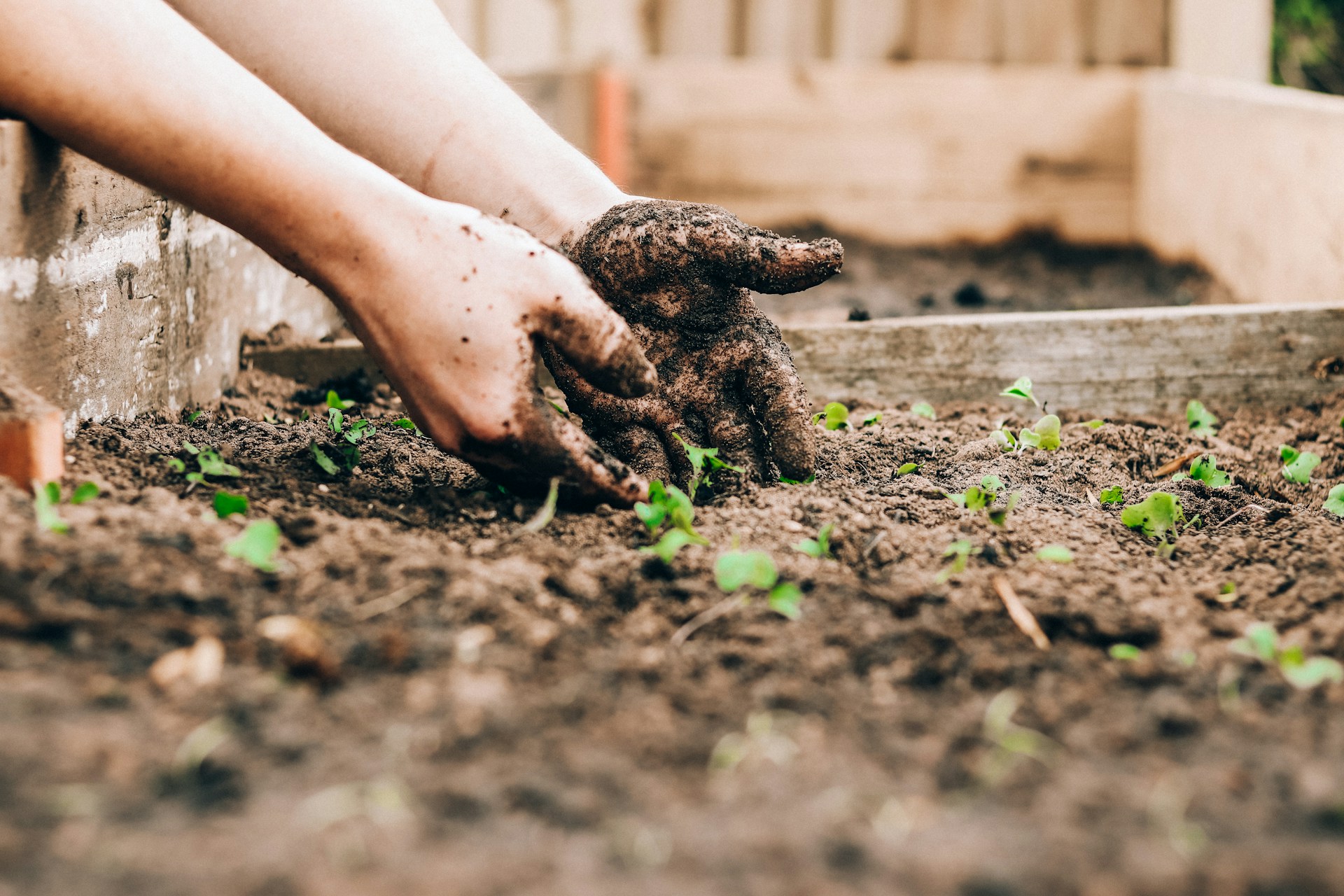
5 Benefits of Horticultural/Gardening Therapy and Its Different Types
Horticultural therapy, also known as gardening therapy, uses the power of plants and nature to promote mental, physical, and emotional well-being. With 1 in 8 people globally experiencing mental health challenges, per the World Health Organization, this nature-based approach offers a unique path to healing.
Whether tending to a backyard garden or participating in a structured program, horticultural therapy benefits include stress relief, improved mood, and enhanced resilience. Find five key therapeutic gardening advantages, the various gardening therapy types, and how they support the benefits of gardening for wellness. Perfect for individuals seeking horticultural therapy mental health support or professionals exploring therapeutic tools, this read offers actionable insights to grow your well-being.
>> Related Post: What Are the Early Signs of a Mental Health Disorder?
Why Garden Therapy Matters
This type of therapy leverages the nurturing act of gardening to foster healing, rooted in evidence from the American Horticultural Therapy Association. It’s effective for diverse groups, from those with anxiety to individuals recovering from physical injuries. The benefits of gardening for wellness extend beyond aesthetics, offering a structured way to reconnect with nature. The AHTA notes that gardening can reduce cortisol levels, easing stress. As mental health awareness grows in 2025, horticultural therapy’s mental health benefits make it a powerful tool for holistic recovery.
Why Gardening Therapy Works
- Engages senses, calming the mind through touch, smell, and sight.
- Promotes mindfulness, grounding individuals in the present moment.
- Builds community through group gardening, reducing isolation.
>> Related Post: How to Support a Family Member Showing Signs of Mental Illness
5 Key Benefits of Horticultural Therapy:
The benefits of horticultural therapy are profound, supporting mental, physical, and social well-being. Here are five evidence-backed advantages:
1. Reduces Stress and Anxiety
Gardening lowers cortisol, reducing anxiety after 30 minutes of planting. Tasks like weeding or watering promote calm focus.
2. Boosts Mood and Emotional Resilience
Tending plants releases serotonin, improving mood. The AHTA reports that participants in therapy programs feel more hopeful after sessions.
3. Enhances Physical Health
Digging, planting, and pruning improve mobility and strength, especially for older adults or those in rehabilitation.
4. Fosters Social Connection
Group gardening programs reduce loneliness, participants reporting stronger community ties, per AHTA. This is vital for horticultural therapy and mental health.
5. Improves Cognitive Function
Gardening tasks like planning plots enhance memory and focus, with a 2019 study in ‘Frontiers in Psychology’ noting better concentration in dementia patients.
>> Related Post: 5 Stages of Mental Health Recovery: How Long Does It Take to Feel Better?
Different Types of Horticultural Therapy
Gardening therapy types vary to suit different needs, settings, and goals. The AHTA outlines three main approaches, each tailored to specific populations:
- Therapeutic Gardening: Informal gardening to promote well-being, like community garden projects. Ideal for stress relief and social bonding, no formal training required.
- Gardening Therapy: Structured programs led by trained therapists, using gardening to achieve clinical goals, such as reducing depression symptoms in mental health clinics.
- Vocational Horticulture: Focuses on skill-building for employment, like greenhouse work for individuals with disabilities, fostering independence and job skills.
>> Related Post: 4 Types of OCD and How to Recognize Their Symptoms
Grow Your Well-Being with Horticultural Therapy
The horticultural therapy benefits, from stress relief to stronger social bonds, offer a natural path to wellness. By exploring the various types of gardening therapy, you can tailor this practice to your specific needs, whether through home gardening or professional programs. Embrace the benefits of gardening for wellness by starting small, joining a community garden, or seeking a therapist. In 2025, let nature nurture your mind, body, and spirit for a healthier, more connected life.
FAQs
1. What are the primary benefits of horticultural therapy for mental health?
Gardening reduces stress, boosts mood via serotonin, and fosters resilience.
2. How do different types of gardening therapy approach their methods?
Therapeutic horticulture is an informal approach, while horticultural therapy is a clinical practice with trained therapists, and vocational horticulture focuses on developing job skills.
3. Can horticultural therapy help with anxiety and depression?
Yes, studies show anxiety reduction and improved hopefulness, making it effective for horticultural therapy mental health.
4. Who can benefit from the therapeutic advantages of gardening?
Anyone, including those with anxiety, depression, dementia, or physical disabilities, benefits from gardening’s mental and physical effects.
5. Can I practice horticultural therapy at home?
Yes, growing herbs or flowers and focusing on sensory tasks offers therapeutic gardening advantages without formal programs.
6. How does horticultural therapy support physical health?
Tasks like digging improve mobility and strength, with better motor skills in older adults.
7. Are there professional training programs for horticultural therapy?
AHTA offers certifications for therapists to lead structured programs, thereby enhancing their expertise in gardening therapy.
8. Can horticultural therapy complement traditional mental health treatment?
Yes, it enhances therapy or medication by promoting relaxation and resilience, but consult a professional for severe symptoms.
